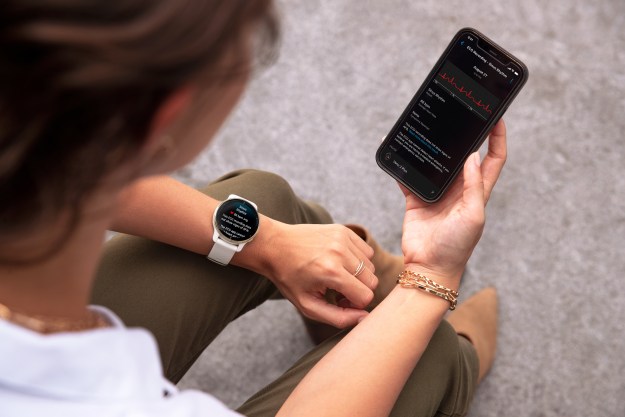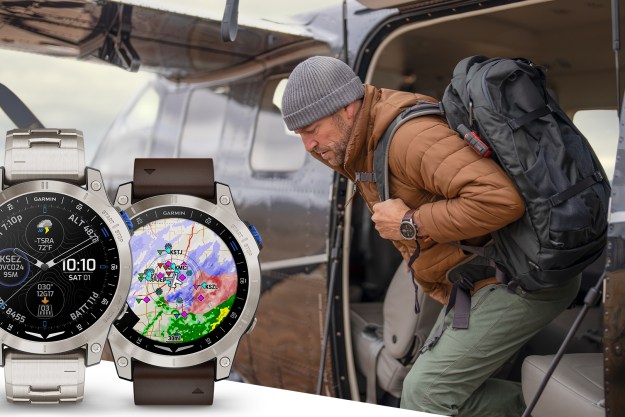Garmin is stepping up its smartwatch game. The company is known for its fitness-tracking watches for all different kinds of athletes, and now it’s launching a new model: The Forerunner 745.
The Forerunner series in general has long been marketed as a watch specifically designed to meet the needs of runners, and the Forerunner 745 is built for runners and triathletes who want “detailed training data, on-device workouts, smartwatch features, and more.” It slots in underneath the top-end Forerunner 945, but well above the entry-level Forerunner 245.

“For years, athletes have relied on the Forerunner 735XT as they toe the line and we’re excited to bring new features and updates to the Forerunner 745,” said Garmin vice president of worldwide sales Dan Bartel. “Tracking every sweaty run, bumpy bike ride and long swim, the Forerunner 745 combines the performance monitoring tools our athletes have come to depend on with new daily suggested workouts, as well as an improved recovery time advisor and wellness tracking features, to help runners and triathletes beat their personal best.”
The Forerunner 745 offers a number of performance monitoring tools that will help users track their fitness metrics. Notably, the device has monitoring tools from Firstbeat Analytics, which can monitor VO2 max, training load, training status, and aerobic and anaerobic training effects. And, it supports chest straps like the newly-announced Garmin HRM-Pro, with which it can track all six running metrics — including cadence and stride length — on top of more accurate heart rate than a wrist-based sensor.
As mentioned, it’s a solid device for triathletes too, and can track cycling and swimming. When on a bike, the device will track left and right balance, as well as your time seated and standing, platform center offset, and power phase. When swimming, you’ll get tracking for distance, pace, stroke, and more. The device even accounts for things that may impact recovery, like all-day stress, sleep, and other daily activities.
As you would expect from a watch like this in 2020, the Forerunner 745 offers some great smart features too. The device can store up to 500 songs and sync with services like Spotify, Amazon Music, and Deezer, and it even supports Garmin Pay for tap-to-pay in stores, not to mention that you’ll get notifications for things like emails and calls. And, it has up to a hefty week of battery life in smartwatch mode, up to 16 hours in GPS mode, and up to 6 hours in GPS mode with music.
It’s available in black, neo tropic, magma red, or whitestone, and comes in at $500. The Garmin HRM-Pro arrives at a relatively steep (but not unexpected) $130.
Editors' Recommendations
- Garmin’s newest running watch is cheaper than you’d expect
- The new Garmin Lily 2 isn’t like other smartwatches
- Garmin’s newest smartwatch could replace your Apple Watch
- Garmin’s newest smartwatches steal one of the Apple Watch’s best features
- The Garmin Vivomove Trend is a powerful smartwatch with a sleek disguise


